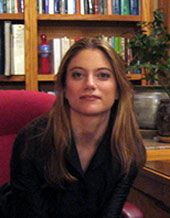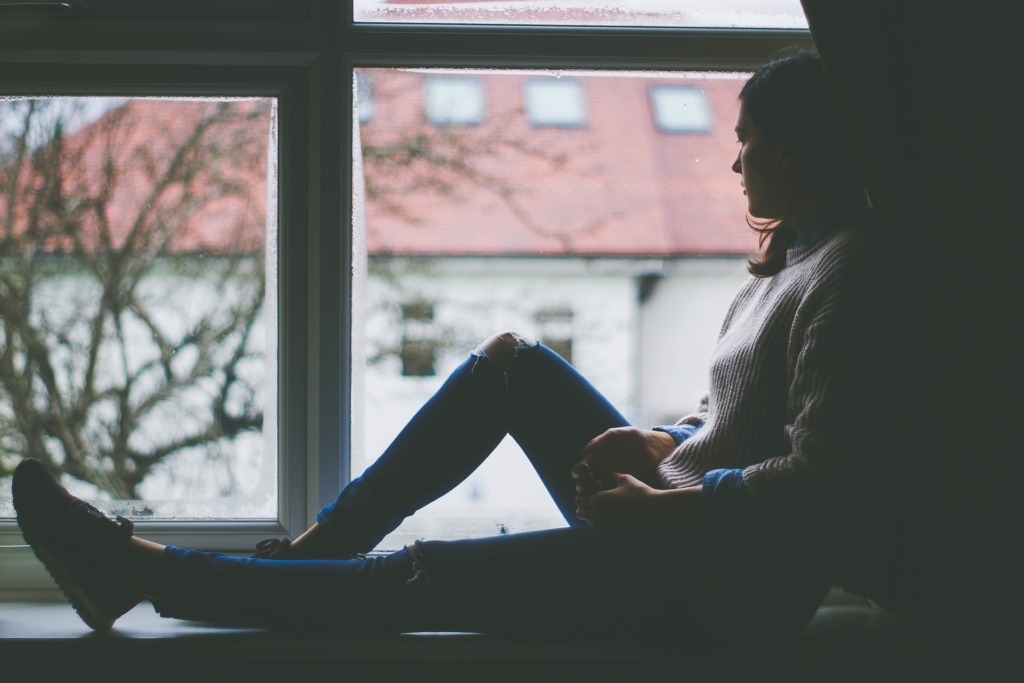The autumn and winter seasons are looked forward to with great anticipation by many as the weather gets cooler and a new host of responsibilities kick-off in September. With the holiday season to look forward to it’s often a season people find to be motivating, uplifting and comforting. There are however many who look upon the season with feelings of dread as they’re prone to a seemingly inexplicable and dampening shift in mood or behavior. Unfortunately, many who experience this phenomenon needlessly feel isolated and alone despite the fact that the condition is more common than they think. Hopefully, by discussing this disorder more openly and making resources known we can help prevent stigmas surrounding it, so those who are impacted can get the treatment they require.
Seasonal Affective Disorder and How to Manage it
It’s mid-October and the autumn season is officially upon us and with it comes a host of seasonal and environmental changes that can often influence ones mood and emotions. The onset of the colder seasons commonly triggers symptoms like low-energy and cloudy judgement that can lead to depression and more serious mental illness. Seasonal Affective Disorder is one of the most frequently experienced mood disorders associated with the fall and winter seasons.
What is Seasonal Affective Disorder?
Seasonal Affective Disorder (SAD) is a strain of depression that’s often associated with the seasonal shift from summer to autumn and is thought to be caused by a lack of light. SAD is unique in that it often impacts individuals who otherwise experience normal mental health. Initially, medical professionals were skeptical of SAD and were unsure of how to classify the condition, however, by 1984 SAD was accurately named and described by the National Institute of Mental Health. In the US alone 1-10% of the population of any given state experience some degree of SAD.
There are many hypothesis regarding the origin of SAD as many species experience reduced productivity during the winter months as a natural, biological response to having less access to food and sunlight. These theories suggest a link between SAD and a lack of Seratonin or Melatonin. Other observers have noted that a majority of SAD patients are women which has led to theories about the disorder also being tied to reproduction. Nevertheless, SAD is most commonly experienced by patients with some history of Major Depressive Disorder or Bipolar Disorder and is therefore classified as a subset of these two disorders.
Strategies for Dealing with Seasonal Affective Disorder:
There are many different approaches one can try for treating seasonal affective disorder. Of course, extreme and debilitating cases of the condition should immediately be assessed by a professional. SAD is often thought of as a strain of major depressive disorder that is weather dependent and therefore recurs at a specific time each year. Because of its association with major depressive disorder the extremity of the change in mood can vary case by case. Less extreme cases of SAD can be helped by some of the following therapies:
Physical Exercise
As simple as it may sound, physical exercise has proven to be an effective treatment option for patients experiencing SAD or major depressive disorder. If you find yourself sitting indoors for long periods of time and are experiencing Sad, a short walk outdoors may be the lifestyle change you need to stay healthy.
Light Therapy
There are several varieties of light therapy that have been effective in the treatment of SAD. Sometimes this can simply mean more time spent outdoors during the autumn and winter months but others find artificial light stimulation like ‘dawn simulation’ through devices that give off natural light to be more effective.
SSRI (Selective Serotonin Re-Uptake Inhibitor)
Antidepressants have proven to be effective treatment options for SAD in patients who did not find healing through the previously mentioned therapies. For more persistent cases of SAD antidepressants may be prescribed but it is recommended that the patient seek a professional’s advice on the most suitable treatment.
Dr. Amanda Itzkoff and SAD/Depression Treatment
Dr. Amanda Itzkoff has been helping patients in Manhattan, NY with major depressive disorder, bipolar disorder and seasonal affective disorder for years. If you are experiencing any of these conditions and you would like to consult with an experienced and professional psychiatrist please contact Dr. Amanda Itzkoff’s practice below.
 My name is Amanda Itzkoff, MD. I am a New York City based Psychiatrist and Assistant Professor at Mount Sinai Medical Center.
My name is Amanda Itzkoff, MD. I am a New York City based Psychiatrist and Assistant Professor at Mount Sinai Medical Center.
For additional information, please feel free to email our office at Amanda.Itzkoff@gmail.com.
To schedule an appointment, call our offices at 917-609-4990.
Sources:
- http://www.nytimes.com/2002/08/13/health/seasonal-depression-can-accompany-summer-sun.html
- http://www.nytimes.com/2007/12/18/health/18mind.html?em&ex=1198213200&en=a955503f665508cf&ei=5087
- https://mdsc.ca/documents/Consumer%20and%20Family%20Support/Depression.pdf
- https://www.ncbi.nlm.nih.gov/pmc/articles/PMC1408021/

